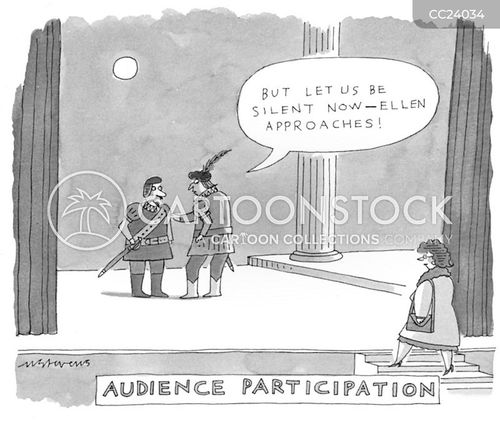
Communication: a 2-way street Communication through the lens of performance! In Chapter 1 – Foundations: Defining Communication and Communication Study of Survey of Communication, numerous models of communication are used to represent the definition of communication: “the process of using symbols to exchange meaning.” The first model that was introduced was the Linear Model of Communication, which states that communication is direct from the sender to the receiver (refer to section “Defining Communication”). This method of representing communication, however, does not accurately portray communication in the context of the real-world. It disregards the receiver’s ability to interact with the sender, labeling them as a vessel that only receives information. This is where the Transactional Model of Communication comes in: in this model, the receiver is not a receiver, but instead a communicator. In a world of noise and contexts (e.g. social, cultural, and relational), a transactional approach to communication is more multi-dimensional. Based on the editorial cartoon, the term “audience participation” is emphasized as the image depicts in who I interpret as an audience member walking up to the stage to perform with the actors. In this context, potential noise such as nerves about the spontaneity of having to perform could affect the audience member’s ability to play the role needed for the performance. The Transactional Model of Communcation more accurately depicts this situation as it is more interactive than a 1-way street from the actors to members in the audience. As a dancer, this editorial cartoon relates to my life as a performance is a 2-way street between the dancers on stage and the audience members. For example, the energies of the performer can reach the audience, and vice versa. Etiquette such as cheering and clapping can build onto the energies of the dancers who worked hard to prepare a performance that could be enjoyed by family, friends, and strangers alike. This live interaction between performers is comprised of both verbal and nonverbal forms of communication – not just limited to dancers, but those practicing artistic crafts such as […] “Communication: a 2-way street”
Communication through the lens of performance! In Chapter 1 – Foundations: Defining Communication and Communication Study of Survey of Communication, numerous models of communication are used to represent the definition of communication: “the process of using symbols to exchange meaning.” The first model that was introduced was the Linear Model of Communication, which states that communication is direct from the sender to the receiver (refer to section “Defining Communication”). This method of representing communication, however, does not accurately portray communication in the context of the real-world. It disregards the receiver’s ability to interact with the sender, labeling them as a vessel that only receives information. This is where the Transactional Model of Communication comes in: in this model, the receiver is not a receiver, but instead a communicator. In a world of noise and contexts (e.g. social, cultural, and relational), a transactional approach to communication is more multi-dimensional. Based on the editorial cartoon, the term “audience participation” is emphasized as the image depicts in who I interpret as an audience member walking up to the stage to perform with the actors. In this context, potential noise such as nerves about the spontaneity of having to perform could affect the audience member’s ability to play the role needed for the performance. The Transactional Model of Communcation more accurately depicts this situation as it is more interactive than a 1-way street from the actors to members in the audience. As a dancer, this editorial cartoon relates to my life as a performance is a 2-way street between the dancers on stage and the audience members. For example, the energies of the performer can reach the audience, and vice versa. Etiquette such as cheering and clapping can build onto the energies of the dancers who worked hard to prepare a performance that could be enjoyed by family, friends, and strangers alike. This live interaction between performers is comprised of both verbal and nonverbal forms of communication – not just limited to dancers, but those practicing artistic crafts such as […] “Communication: a 2-way street”










